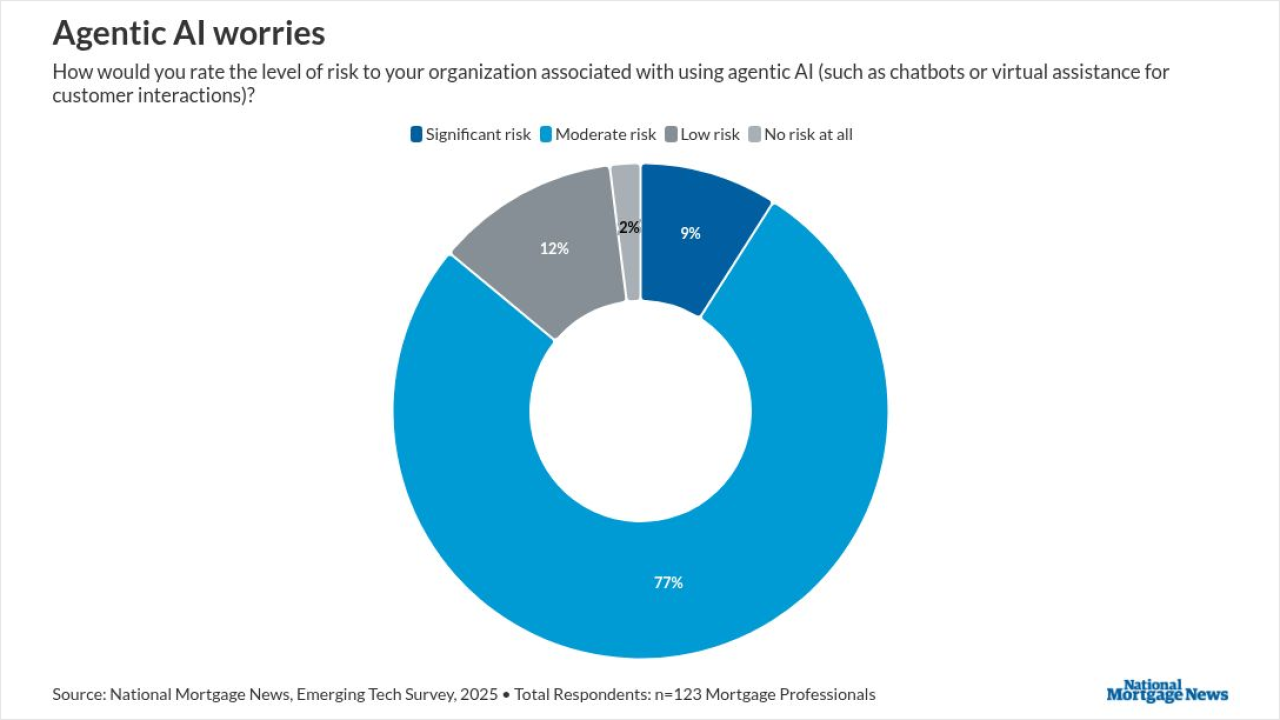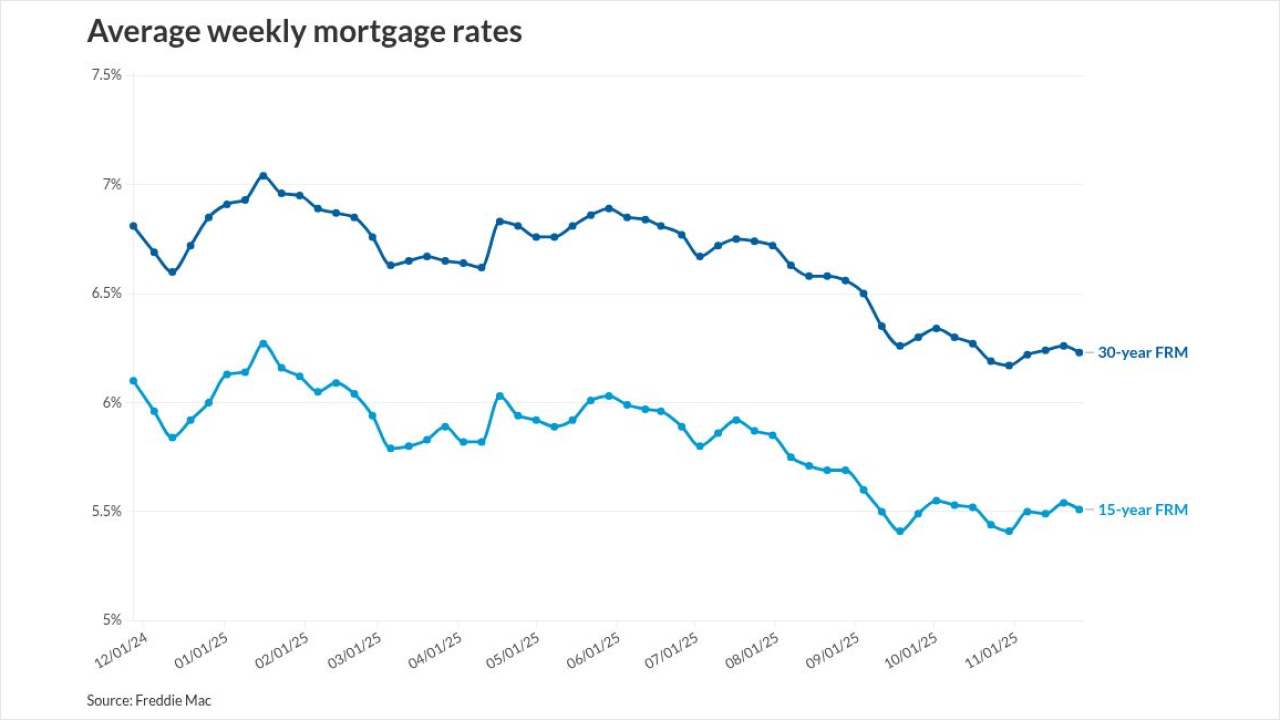In a mortgage market defined by volatility, few decisions carry as much weight as the choice of when to lock an interest rate. As we move through 2025, where mortgage rates have fluctuated between 6% and 7% depending on economic data, Fed policy shifts, and global events, the importance of smart rate lock strategies has never been greater.
Whether you're a lender looking to guide borrowers through uncertainty or a consumer trying to time your purchase or refinance, understanding the mechanics and opportunities behind rate locking can make all the difference.
Why Rate Locking Matters More Than Ever
In today's higher-rate environment, a rate lock can be both a financial safeguard and a strategic advantage. Borrowers facing tight affordability constraints often need certainty to move forward with confidence. For lenders, managing the timing and execution of locks can significantly impact pipeline profitability, hedging effectiveness, and customer satisfaction.
But locking at the right time is only part of the equation. The real art lies in knowing when to lock, when to float, and when to reprice—and having the tools to do it in real time.
It's Not About Prediction—It's About Preparation
Let's debunk a myth: No one can accurately predict interest rate movements, not even seasoned economists. But what separates successful rate-lock strategies from guesswork is preparation. This includes:
- Market awareness: Understanding economic releases (e.g., jobs reports, CPI data, Fed meetings) and their typical effect on rates.
- Scenario planning: Mapping rate lock decisions to borrower-specific needs—such as closing timelines, tolerance for risk, and financing goals.
- Technology tools: Using modern pricing engines and rate monitoring systems to make informed, fast decisions based on real-time market data.
Borrowers today expect instant information. Lenders using platforms with live pricing, alerts, and lock desk automation can provide more responsive, confident guidance.
Lock Management Best Practices for Lenders
A well-run lock desk is more than just an operational function—it's a strategic hub. To thrive in 2025's market, lenders should prioritize:
- Automation and API-based integrations: Streamline rate updates, investor pricing, and margin management in real time to reduce human error and maximize speed.
- Borrower engagement tools: Provide loan officers and borrowers with rate watch alerts, scenario comparisons, and education to build trust and transparency.
- Real-time analytics: Use data to track lock activity trends, pull-through rates, and lock extension costs to inform pricing strategies and improve forecasting.
- Lock expiration and extension strategies: In a slower-moving pipeline environment, proactive tracking of lock expiration dates can prevent costly surprises and maintain borrower goodwill.
Platforms like Lender Price, for example, provide real-time rate monitoring, automated lock desk workflows, and intelligent margin controls—empowering lenders to operate more precisely and competitively in any market condition.
Educating the Borrower: A Win-Win
Rate lock decisions can be intimidating for borrowers, especially in a volatile environment. Empowering them with knowledge builds confidence and trust.
Simple explanations of how a lock protects them, what options exist post-lock, and how rate movements affect their payment can transform confusion into commitment.
When technology platforms can surface those insights directly to consumers via loan officers or portals, the borrower experience becomes not just smoother—but smarter.
In conclusion, volatility isn't going away. Global market dynamics, inflation uncertainty, and evolving central bank policy will continue to impact rate movement throughout 2025 and beyond. But with the right strategies, tools, and communication, rate locking can shift from being a pain point to a point of confidence for both borrowers and lenders.
It isn't just about timing the market—it's about building clarity, flexibility, and trust into every decision.






